By John Holmes, Operations Director
The most successful species reintroduction to England ever - the red kite - has come full circle this year, with Natural England licensing the translocation of red kites back to Spain to help bolster low numbers there.
Natural England has licensed removal of red kite chicks from the wild in Eastern England to be transported and released in southern Spain as part of conservation efforts to restore Spanish populations. Licences are not issued freely to take birds from the wild, and the evaluation process we follow – using internationally recognised standards that have been road tested in our conservation work in the UK – brings rigour to projects and ensures best practice is followed to maximise the chances of success.
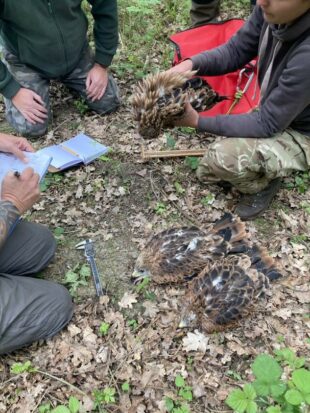
This reintroduction is just part of a European-wide LIFE project being led by experts in raptor biology and species translocations: Accion por el Mundo Salvaje (AMUS) and authorities in Andalucía and Extremadura along with the RSPB and Roy Dennis Foundation, working in partnership with the Forestry Commission to assist with the collection, and the Zoological Society of London who have been conducting health checks to ensure birds are fit for translocation.
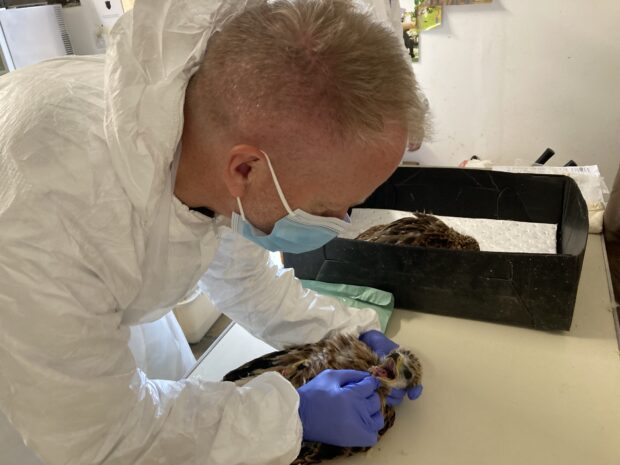
Complex cases like this are assessed by wildlife licensing experts at Natural England, with help from specialists. Richard Saunders, Natural England’s Senior Ornithologist was invited by Alfonso Godino, a vet and raptor biologist who works for AMUS, to visit Extremadura to see first-hand the work they had undertaken to maximise the reintroduction’s chance of success.
“We had to be satisfied that the illegal poisoning which caused bird of prey populations to crash in parts of Spain had been resolved. I met Alfonso’s very own detection dog, one of many trained to tackle persecution by sniffing-out poison baits. When coupled with large fines of hundreds of thousands of Euros and prison sentences lasting several years, these dog teams have proven a very effective deterrent. We saw large flocks of griffon and black vultures circling over the Extremaduran hillsides and at feeding stations but unfortunately measures which recovered the vultures’ populations were introduced too late to save the kites. Red kite populations in parts of Spain had already declined below the point where they could bounce back without our help.”
This story of international conservation effort has a huge personal resonance for me. Thirty years ago this summer, as a fledgling nature conservationist in my first ‘proper’ job at the Joint Nature Conservation Committee, I was asked if I could go to northern Spain to help collect red kites for the experimental reintroduction project to England. Imagine how that felt! As a birdwatcher growing up in Cornwall, these were near mythical creatures, with your only sure chance of seeing one in the UK being a trip to Wales where they had clung on after being persecuted out of England and Scotland.
My essential skills for this trip to Spain though were driving and carrying stuff. The real work was led in the field by Dr Ian Evans, who led the project to release up to twenty chicks per year into the Chilterns in the early 1990s. RSPB ran a similar project in Scotland and, with the methodology proven, English Nature (now Natural England) continued reintroductions into eastern England with the Forestry Commission.
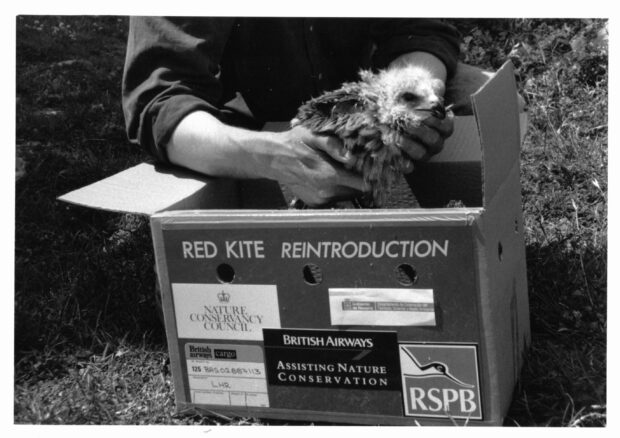
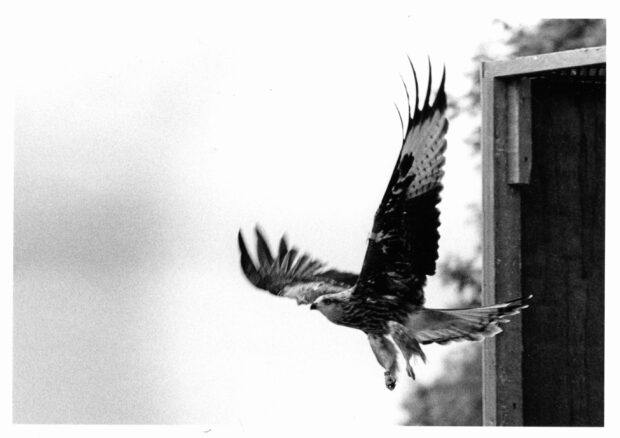
Ian Evans is now a Senior Conservation Adviser with Natural England. He told me what this reintroduction to Spain means to him “Back in the 1990s when I travelled to Spain to collect red kites for release in England, it seemed unthinkable that in 2022 red kites in Spain would be an endangered species. Fast forward to today, and the sad fact is it’s true. However, the Spanish red kites released in England have thrived to the extent that the Rare Breeding Bird Panel no longer monitors them because there are now more than 2,000 pairs and rising. So what was previously unthinkable, is now a huge inspiration for us all because taking red kites from England for release into the wilds of Spain will help secure the future of red kites globally, which back in the 1990s was the reason why we made those trips to Spain.”
What made the reintroduction to England such a success was down to several factors. They were of course released back into their natural habitat, which is essential in any species translocation. Another key factor was our engagement with game shooting estates to ensure understanding of the species and to discourage persecution so that gamekeepers did not feel the need to treat kites as a threat to their interests. Radio tracking of the birds released also discouraged persecution.
The current project will build on those conservation efforts that have taken place in England and Scotland, using techniques and science developed here, and which have restored the sight of red kites wheeling over much of our countryside, and many towns and cities. We all hope the same can be achieved for the countryside, towns and cities of Spain which have been left abruptly vacant of red kites. In my home county of Cornwall, we now look forward each year to immature red kites passing over on their spring break, with several hundred a day in the skies as they are funnelled down over ever narrowing land towards Lands End. New wildlife spectacles are something special and point to hope for nature recovery through concerted international partnership effort. We hope the amazing success in England over the past thirty years is mirrored by recovery in southern Spain through this project– if any team can make it a success, this one can.
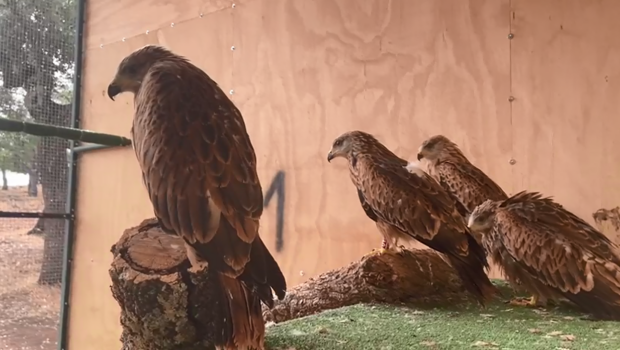
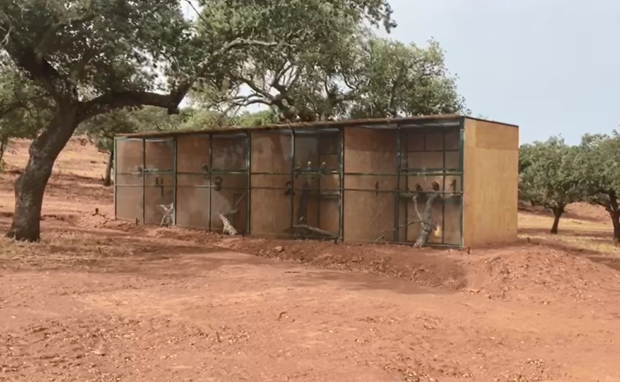
4 comments
Comment by Ian Davenport posted on
Thank you for your work in helping this beautiful graceful bird back into our landscape. Really enjoy watching them fly with the distinctive profile against the sky. Well done all concerned.
Comment by Laura Chellis posted on
Congratulations and Enhorabuena! to all involved, in both England and Spain, on the success of red kite re-introductions in England. Understanding all the factors that contribute to the problem and finding solutions to them all takes years. It is interesting to read how the two red kite populations have fared over the years and hopefully the scene is now set for an equally successfully re-introduction project in Spain.
Comment by Tony Powell posted on
A fascinating account, thanks. Intriguing to note just how quickly adaptable species can, given a chance, actually thrive within our tiny island. Maybe, just maybe, some of our conservation experts can devise plans for reverse translocations of other species in future or equally explore why once common species can be brought back in numbers. When even Wrens and Woodpigeon are Amber-listed, it makes you wonder why and how we CAN boost the wildlife on this desperate island.
Comment by Huw Davies posted on
Fantastic news.
It's so great to hear from someone directly invloved in this programme - which has been such a noticeable success in UK and now hopefuly we can repopulate Spain from a secure population here and the populations can recover across Iberia too.
Having watched the populations grow in Wales - from the first Gigrin Farm feeding station to the current huge success - I hopw we can help the same happen in Spain